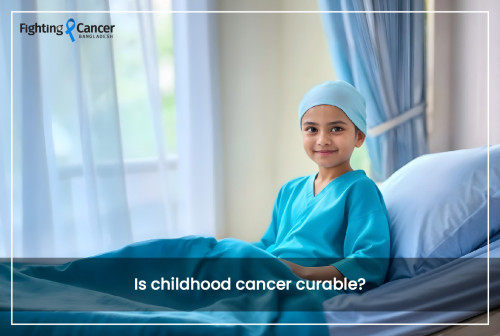
A cancer diagnosis is upsetting for anyone at any age. But when it is found in children, it becomes more heartbreaking.
Childhood cancer is rare. According to the World Health Organization, approximately 400000 children are found with cancer.
Mostly, the cause of cancer in children is unknown. At the same time, like adult cancer, childhood cancer is not caused by lifestyle or diet. The inherited gene from parents to children causes some cancers. The changes in genes, Down syndrome, infections, and exposure to some chemicals may cause childhood cancer.
Leukemia is the most common cancer among children; others are brain and spinal cord tumors, bone cancer, Wilms tumor, lymphoma, rhabdomyosarcoma, and retinoblastoma.
When cancer affects children, mostly it affects the body's blood cells, lymph system, brain, liver, and bones.
The children's body responds to cancer treatment uniquely rather than adults. The chance of recovery is also high. Children can undergo higher doses of chemo drugs than adults in a shorter period. Early and correct diagnosis is vital. It will ensure early treatment and could save lives. If cancer is suspected in any children, a physical exam, X-rays, computed tomography (CT) scans, or magnetic resonance imaging (MRI) scans are performed. Generic drugs treat childhood cancers. Chemotherapy, surgery, radiotherapy,, or a combination of these therapies is used to treat childhood cancer. A team of pediatricians, surgeons, oncologists, and radiation oncologists treat a child’s cancer. Throughout the treatment, an intense observation is required. 80% of affected children can be cured with accessible childhood cancer services. After the treatment, ongoing monitoring is required to check cancer recurrence or possible long-term effects.

